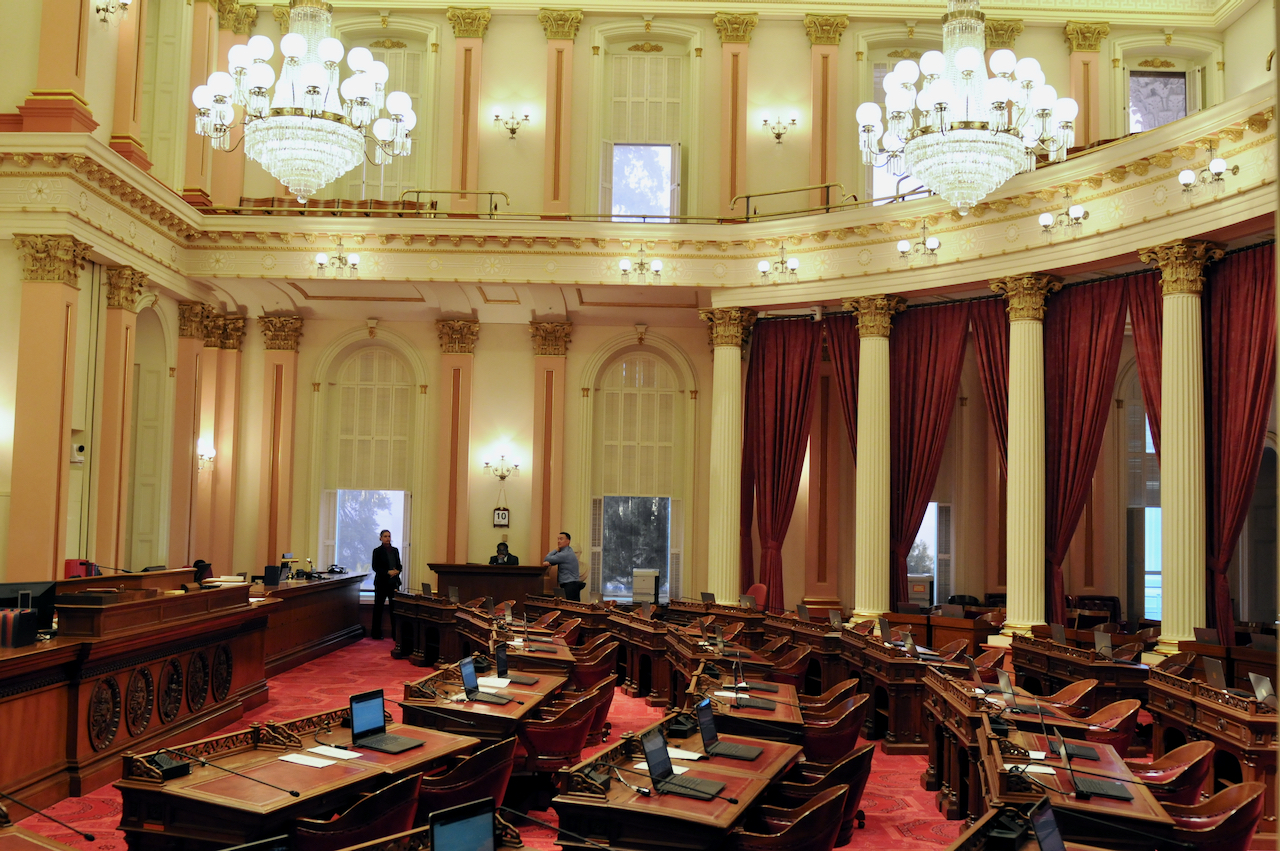
California State Capitol. (Photo: Kevin Sanders for California Globe)
Why Do California Codes Have General Provisions?
What are these sections and what purpose do they serve?
By Chris Micheli, April 16, 2022 7:53 am
At the beginning of all 29 Codes that contain all of California’s statutes, there is either a section titled “General Provisions” or “Preliminary Matters.” What are these sections and what purpose do they serve?
These general or preliminary provisions often contain standard features, including the name of the Code, rules of construction, and definitions. Usually, the first section of a Code (Section 1) provides, “This code shall be known as the ___ Code.” The second section is often the following provision: “Unless the provisions or the context otherwise requires, the definitions in this chapter govern the construction of this code and all regulations adopted under this code.”
Quite often, the third section contains the following language: “The provisions of this code, insofar as they are substantially the same as existing statutory provisions relating to the same subject matter, shall be construed as restatements and continuations thereof, and not as new enactments. This code shall not impair any privilege granted or right acquired under any of the laws of this State prior to the date it takes effect.”
Thereafter, there are often one or more sections that provide additional rules of construction and how the Code’s provisions should be read or applied. For example, many of the California Codes contain language similar to the following examples:
Division, part, chapter, article, and section headings do not in any manner affect the scope, meaning, or intent of the provisions of this code.
Whenever reference is made to any portion of this code or of any other law of this State, the reference applies to all amendments and additions heretofore or hereafter made.
Whenever a power is granted to, or duty is imposed upon, a public officer, the power may be exercised or the duty may be performed by a deputy of the officer or by a person authorized, pursuant to law, by the officer, unless this code expressly provides otherwise.
Finally, many of the Codes in their general or preliminary sections contains these four statements:
The present tense includes the past and future tenses, and the future, the present.
The masculine gender includes the feminine and the neuter.
The singular number includes the plural, and the plural, the singular.
“Shall” is mandatory and “may” is permissive.
The 29 California Codes contain general or preliminary provisions in order for readers to understand how the statutes in these Codes are to be read and understood broadly. They also give guidance to the courts when interpreting the provisions of these Codes.
- Exemptions from Tax Withholding in California - July 23, 2024
- General Provisions of California’s Evidence Code - July 22, 2024
- Judicial Notice Under the California Evidence Code - July 21, 2024





One thought on “Why Do California Codes Have General Provisions?”